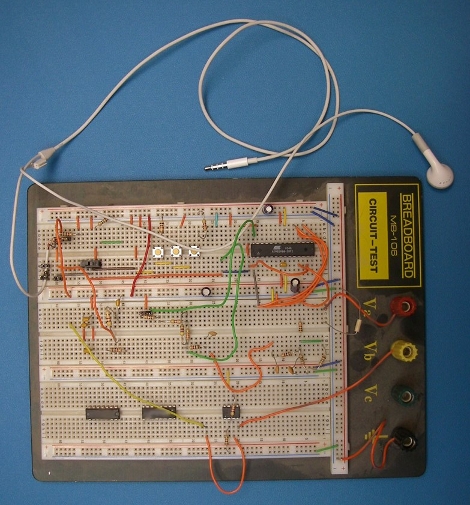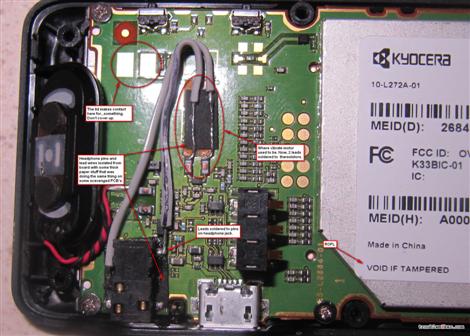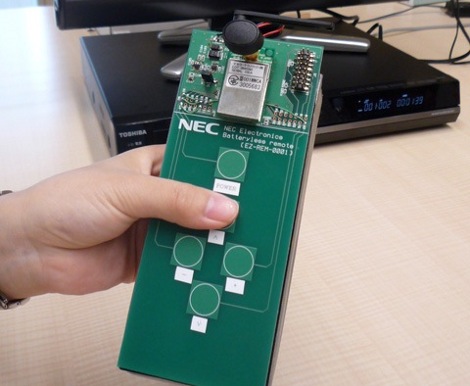
Brain Controlled Game
If you’re a fan of biometrics this game is for you. It uses a homemade EEG to facilitate simple control. This is along the same lines as the Force Trainer hacks but this homebrew hardware is fun to look at. The success of the project can be seen in the video of a simple game they developed.

RF Camera Remote
[Jonny] wanted to trigger his Nikon camera remotely but was unhappy with the functionality of the IR remote. He hacked together an RF remote and receiver that still uses the IR functionality of the camera, but allows for the geographic freedom of Radio Frequency. Not as advanced as some we’ve seen but it meets his specifications.

CNC Mill
[Jan] tipped us off about a CNC mill that her friend made. The machine turned out beautifully even though very few tools were used to produce it. We love to pour over these builds so if you’ve done one, document it and send it in.

Neutering the On Demand Button
[Dan] hated his Comcast remote because the On Demand button could be hit by mistake. This was usually when trying to unpause live TV. The remainder of the show couldn’t be viewed just because the On Demand menu launched. Simplicity is king. He fixed this by placing two small paper rolls between the button and the circuit board. This way the button can still be used but only if you press pretty hard.


















